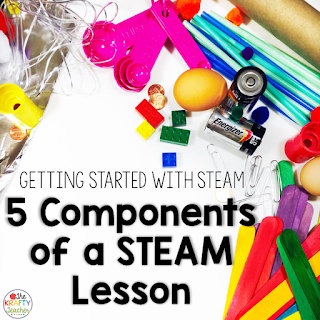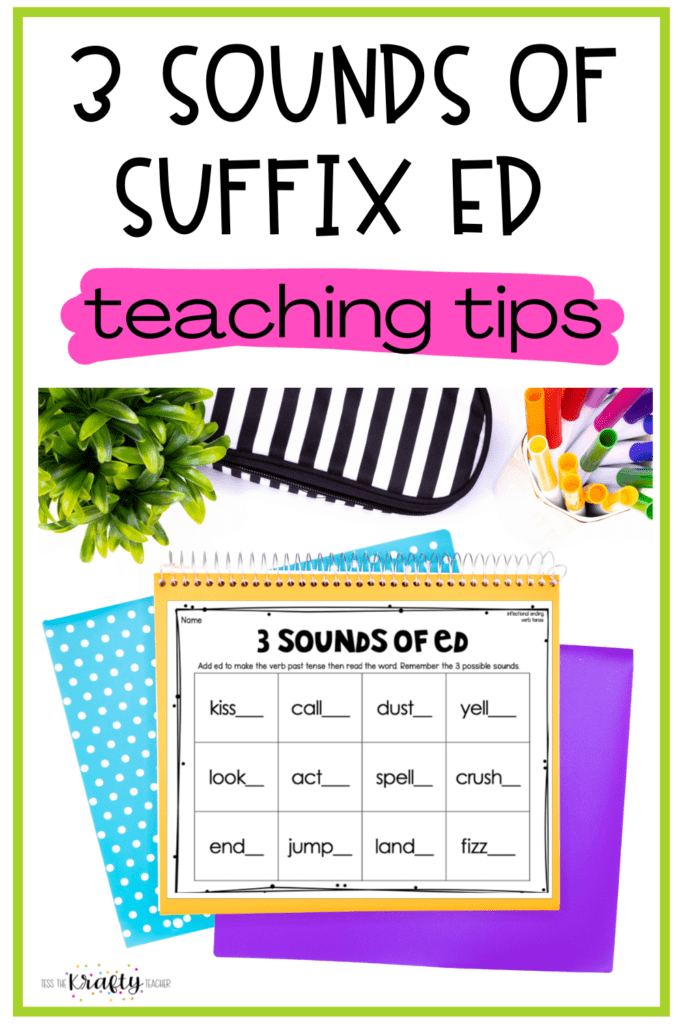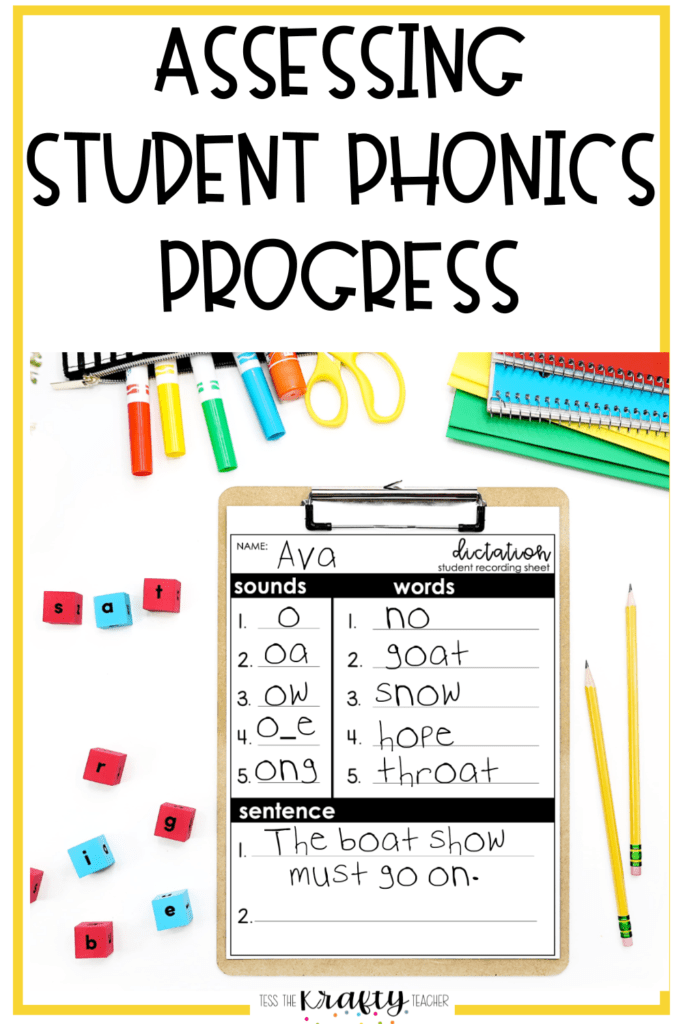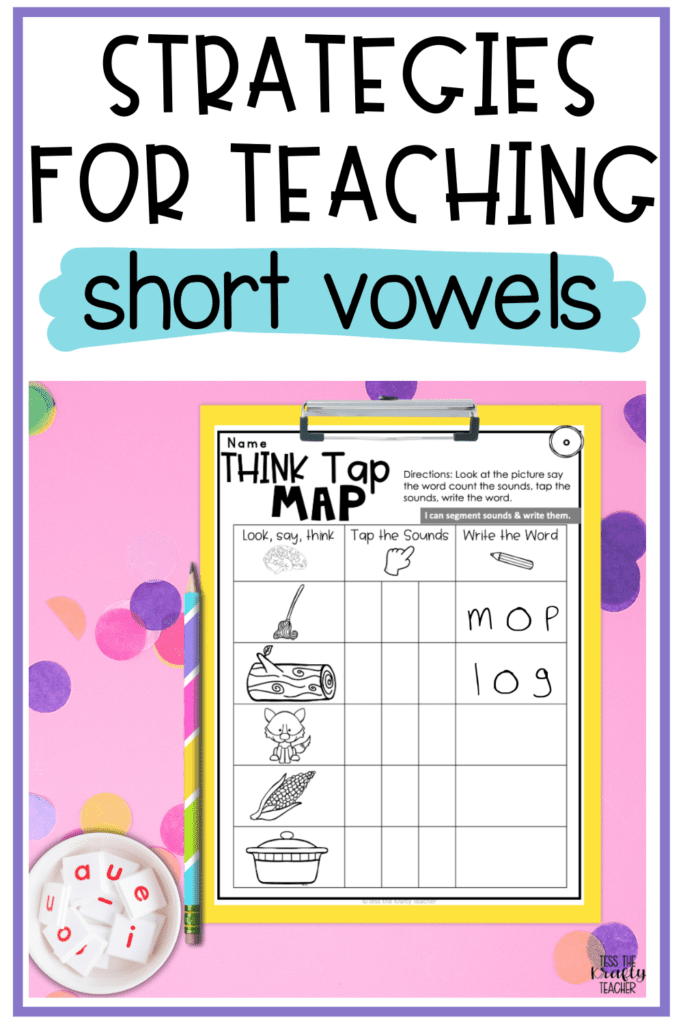What makes for an effective STEM lesson?
Welcome back to my series on STEAM! If you missed the first post What is STEAM? Check it out HERE.
1. It works to solve a problem.
STEAM lessons should always be working to solve a problem. There should also be criteria to meet. Criteria is anything students must include in the final project.
2. It uses the engineering design process.
STEAM lessons should always use the flexible engineering design process. This allows students to approach the task with a clear plan and look for solutions. The steps may vary slightly based on grade level or what resource you use. The Engineering design process is essential to STEAM. It is the only letter that should ALWAYS be included!
To learn more about the Engineering Process check out the next post in this series HERE.
To learn more about the Engineering Process check out the next post in this series HERE.
3. It immerses students in collaborative, hands-on, inquiry based learning.
STEAM lessons should generally be a partner or team activities. The students should always be provided with materials to create something (a solution) whether real or digital. The lessons should not have a “right” answer or a “correct” solution. The more open ended the better!
4. It has a purpose.
STEAM lessons should always have a science or math objective. Include meaningful vocabulary, ELA, social studies & art standards where appropriate. Math and science are often related so both will usually appear in STEAM lessons. This is excellent for students to see that they are not isolated subjects but they and other subjects often work together to solve problems.
5. It allows for redesign and reflection.
STEAM lessons should allow for redesign and reflection. The redesign is SO important for students. The first product engineers create is never their final product so why would we expect students to do this? Build redesign into your STEAM lessons by including it as a step and or saying ”ok you have 30 minutes until we test so you can redesign”. Students should also be allowed to reflect on the entire process. This can be written, as a presentation (video etc.) or simply turn and talk to a partner.
If you have made it this far CONGRATS!!! I hope this helps in planning an effective STEM lesson!
And I have something to help you even more………….
A FREEBIE!
This includes an evaluation for lessons you might already have to see if they are meeting the STEAM components and also an area for you to plan ways to help add the missing components. There is also a lesson planner to use when planning a STEAM lesson.CLICK HERE TO GRAB THE FREEBIE
Please consider leaving feedback on this freebie as it motivates me to make more!














3 Responses